Employers who voluntarily offer paid family and medical leave could be in for a pleasant surprise come next tax season. An act passed in December of 2017 includes a new, easily overlooked tax credit available to any employer who offers paid Family Medical Leave Act (FMLA) leave that meets certain criteria. While the Internal Revenue Service (IRS) has yet to issue any official regulations regarding the tax credit, there are some key initiatives that employers can take now to make sure they will be able to claim the credit on their 2018 taxes.
Which employers are eligible?
Any employer, regardless of size, is eligible for the credit, except that employers required to provide paid leave by state or local law are excluded to the extent that the paid leave is mandated. Employers must provide at least two weeks of qualifying leave annually for both full and part time employees who have a) been with the company for at least twelve months and b) made no more than $72,000 in the preceding year.
What types of leave qualify?
Employers may claim the credit for administering any FMLA or “FLMA-like” reasons for leave. This includes FMLA-specific leave reasons, like pregnancy and serious health conditions, as well as for other types of leave, like paid parental leave. Paid vacation, paid time off or paid sick leave, on their own, will not qualify for the credit. Employers should note that this credit is only available for leave paid in 2018 and 2019, as a trial period.
How much is the credit?
Employers may receive anywhere between 12.5% and 25% of the cost of each hour of paid leave, depending on how much of an employee’s regular earnings the benefit replaces. The government will cover 12.5% of the benefit’s costs for employers paying employees half of their regular earnings in paid leave (the minimum amount required to be paid to be eligible for the credit), rising incrementally up to 25% if employees receive their entire regular earnings in paid leave. The maximum period of paid leave for which the credit may be claimed is twelve weeks.
Employers wishing to take advantage of this tax credit should do a careful review of their current leave policies and ensure that they meet these and additional guidelines established by the IRS. Further information can be found on the IRS website here.






